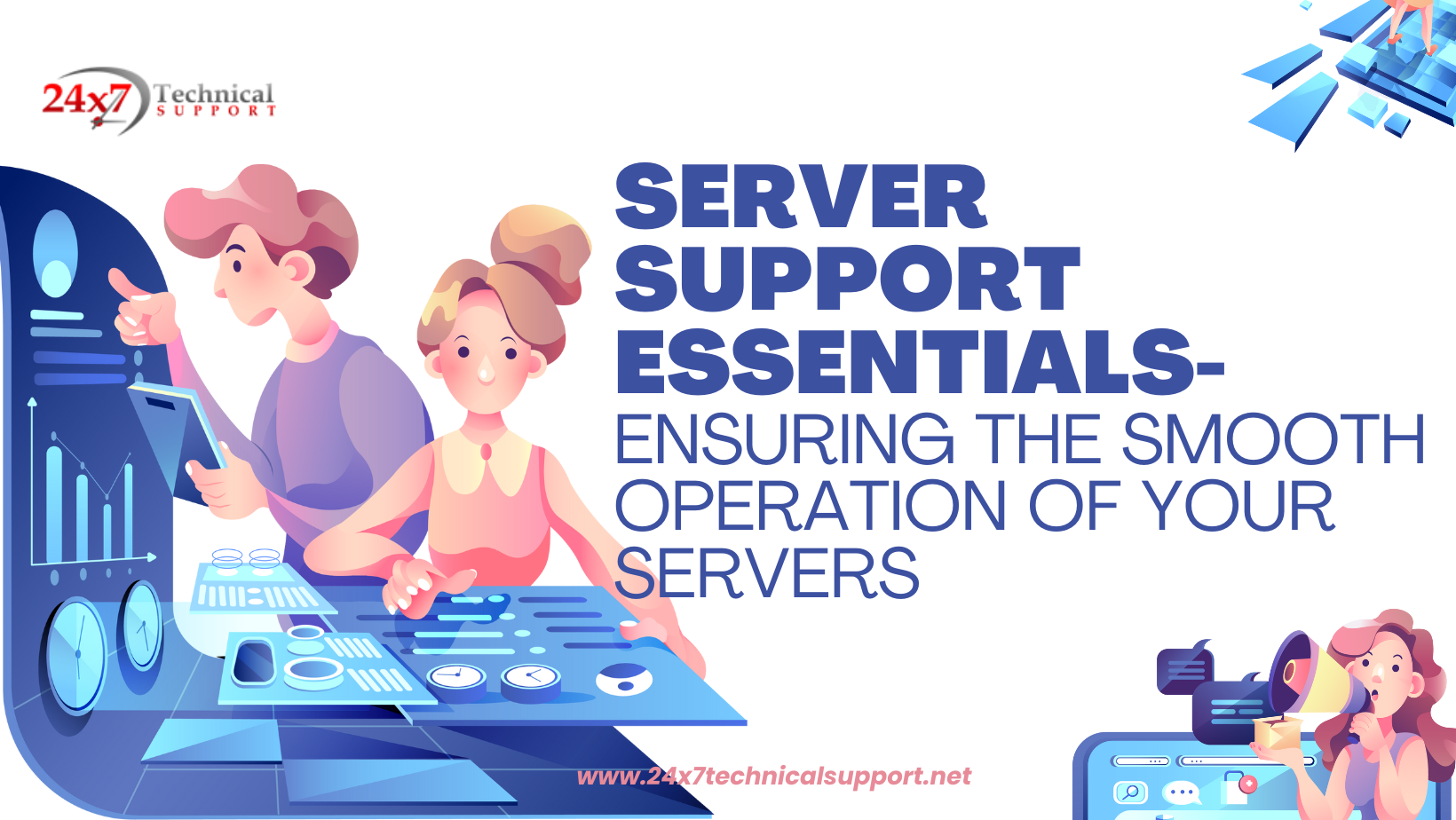
Introduction
In today’s digital age, the backbone of any organization lies in its servers. They store critical data, run applications, and facilitate communication. Ensuring their uninterrupted operation is paramount. In this comprehensive guide, we will delve into the Server Support Essentials that guarantee a seamless experience. From preventive measures to troubleshooting techniques, we’ve got you covered.
The Significance of Reliable Servers
In a world driven by data, server reliability is non-negotiable. Businesses, irrespective of their scale, depend on servers to store, process, and disseminate information. Any downtime can lead to significant losses in productivity, revenue, and even reputation.
In this section, we will explore why having robust server support is crucial for your organization.
Best Practices for Server Maintenance
Ensuring your servers remain in top-notch condition requires proactive maintenance. Here are some best practices:
- Regular Software Updates
- Monitoring Hardware Health
- Implementing Security Patches
- Conducting Routine Backups
By adhering to these practices, you lay the foundation for a smoothly operating server environment.

The Role of Proactive Monitoring
Server support isn’t just about fixing issues when they arise; it’s also about foreseeing potential problems. Proactive monitoring involves keeping a watchful eye on server performance metrics. By identifying anomalies early on, you can take corrective measures before they escalate.
Common Server Issues and Troubleshooting
Even with the best maintenance practices, issues can still arise. Being equipped to troubleshoot these problems is essential. Here are some common server issues and their solutions:
- Slow Performance: Check for resource-intensive applications and optimize server resources.
- Hardware Failures: Replace faulty components promptly to prevent further damage.
- Network Connectivity Problems: Verify cables, switches, and configurations for connectivity issues.
- Security Breaches: Implement robust security protocols and conduct regular audits.
Server Support Essentials: Ensuring the Smooth Operation of Your Servers
This section delves deeper into the core essentials that underpin server support. It covers topics like load balancing, redundancy, disaster recovery, and more. Understanding and implementing these concepts can significantly enhance your server’s resilience.
Frequently Asked Questions (FAQs)
1. What is the importance of redundancy in server support? Redundancy ensures that if one component fails, there’s a backup in place to take over seamlessly.
2. How often should I conduct server backups? Regular backups should be scheduled, preferably daily, to safeguard critical data.
3. What measures can I take to enhance server security? Implementing firewalls, encryption protocols, and regular security audits are key steps.
4. How do I choose between on-premise and cloud servers? Consider factors like cost, scalability, and data sensitivity to make an informed decision.
5. What role does load balancing play in server performance? Load balancing distributes network or application traffic across multiple servers to prevent overload on any one server.
6. How can I create a robust disaster recovery plan? Identify critical systems, establish backup locations, and conduct regular drills to ensure readiness.

Conclusion
In the realm of IT infrastructure, server support is the cornerstone of operational success. By adhering to best practices, staying vigilant through proactive monitoring, and being adept at troubleshooting, you can ensure the smooth operation of your servers. Remember, investing in server support today is an investment in the future of your organization.